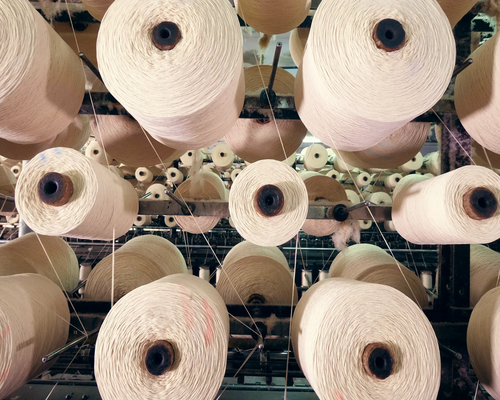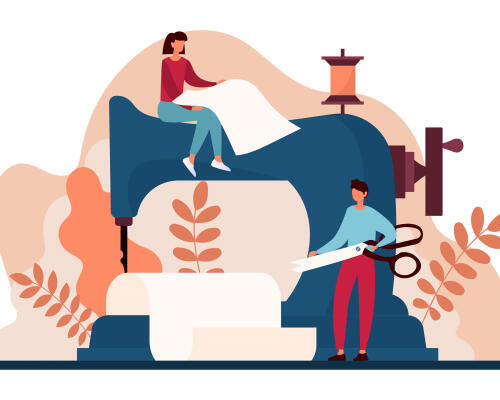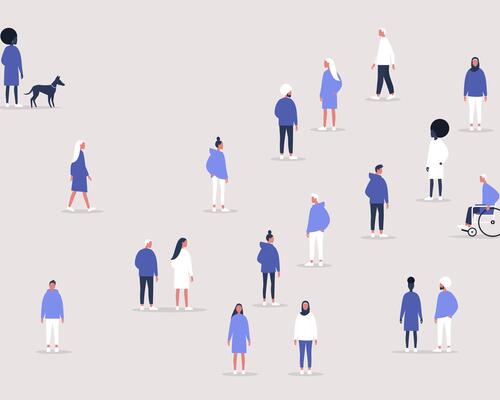How do I know if these foods are good for my health?
Our various concerns are now being addressed by consumer assistance applications: Good on you, Open Food Facts, Yuka, Clear Fashion, etc. Virtual and ethical personal shoppers who sort out our fridges and cupboards for us. When we are confused by too much or too little information about an item, we turn to them. To "choose the best products" is to say how important the mission is, even to the point of making the biggest brands tremble. So what are these applications? What are they for? Are they reliable? What impact do they have on us and on consumption? We pass the subject to the scanner - yes, it was easy -.




